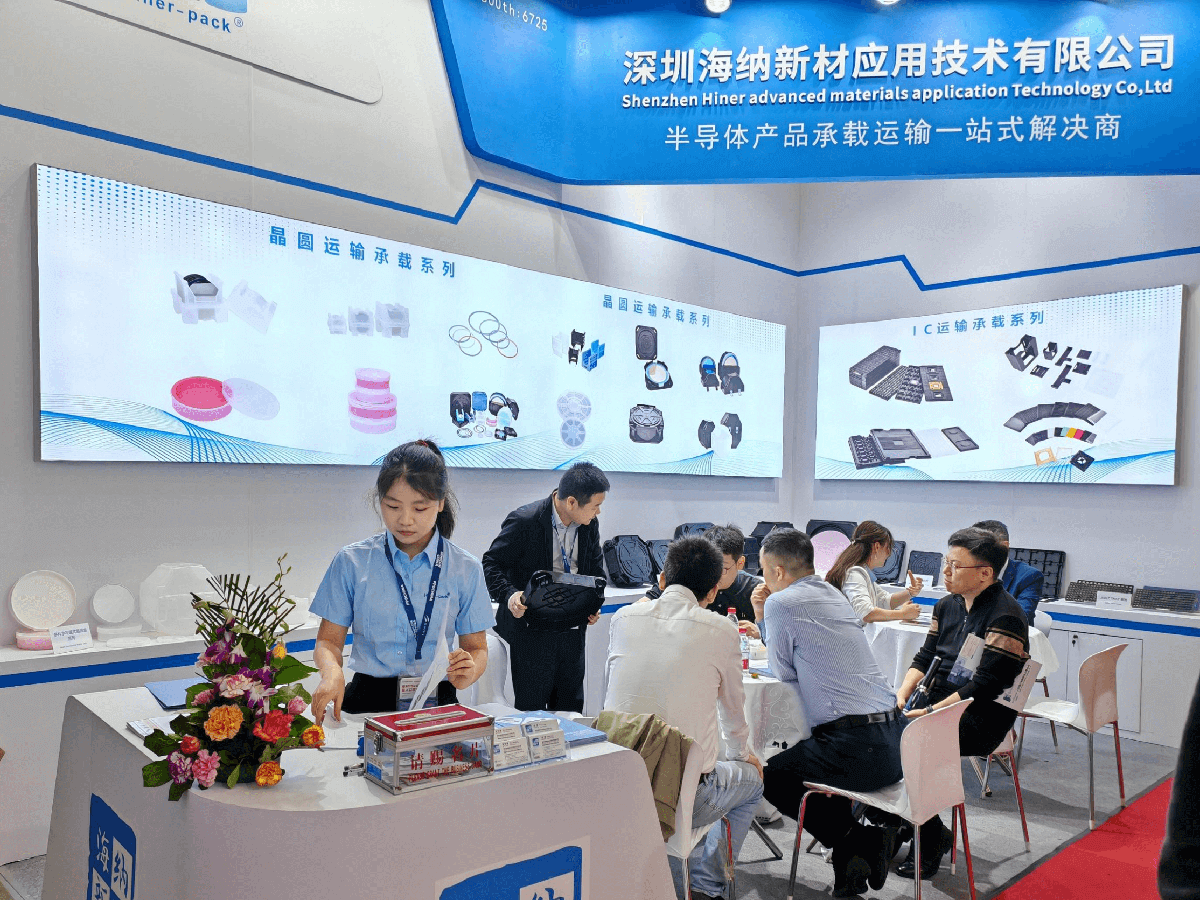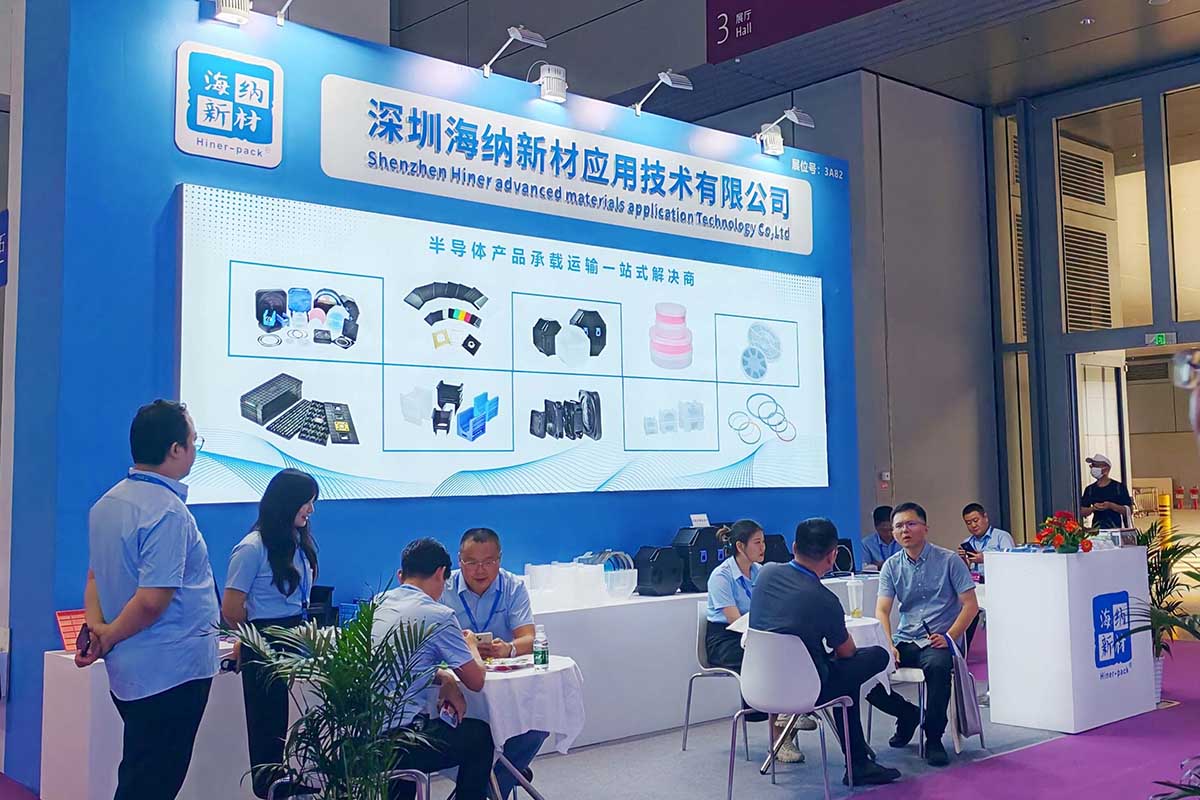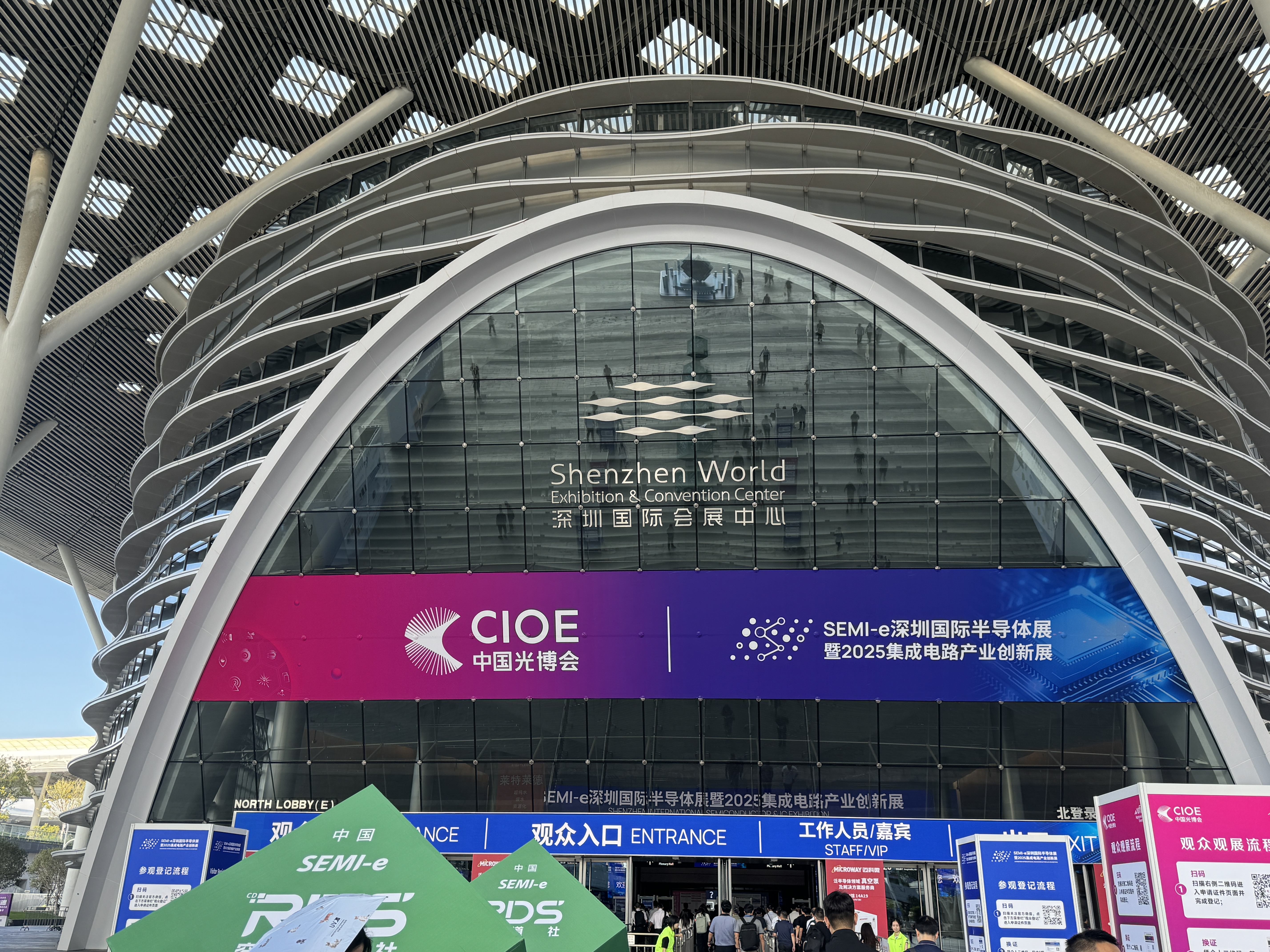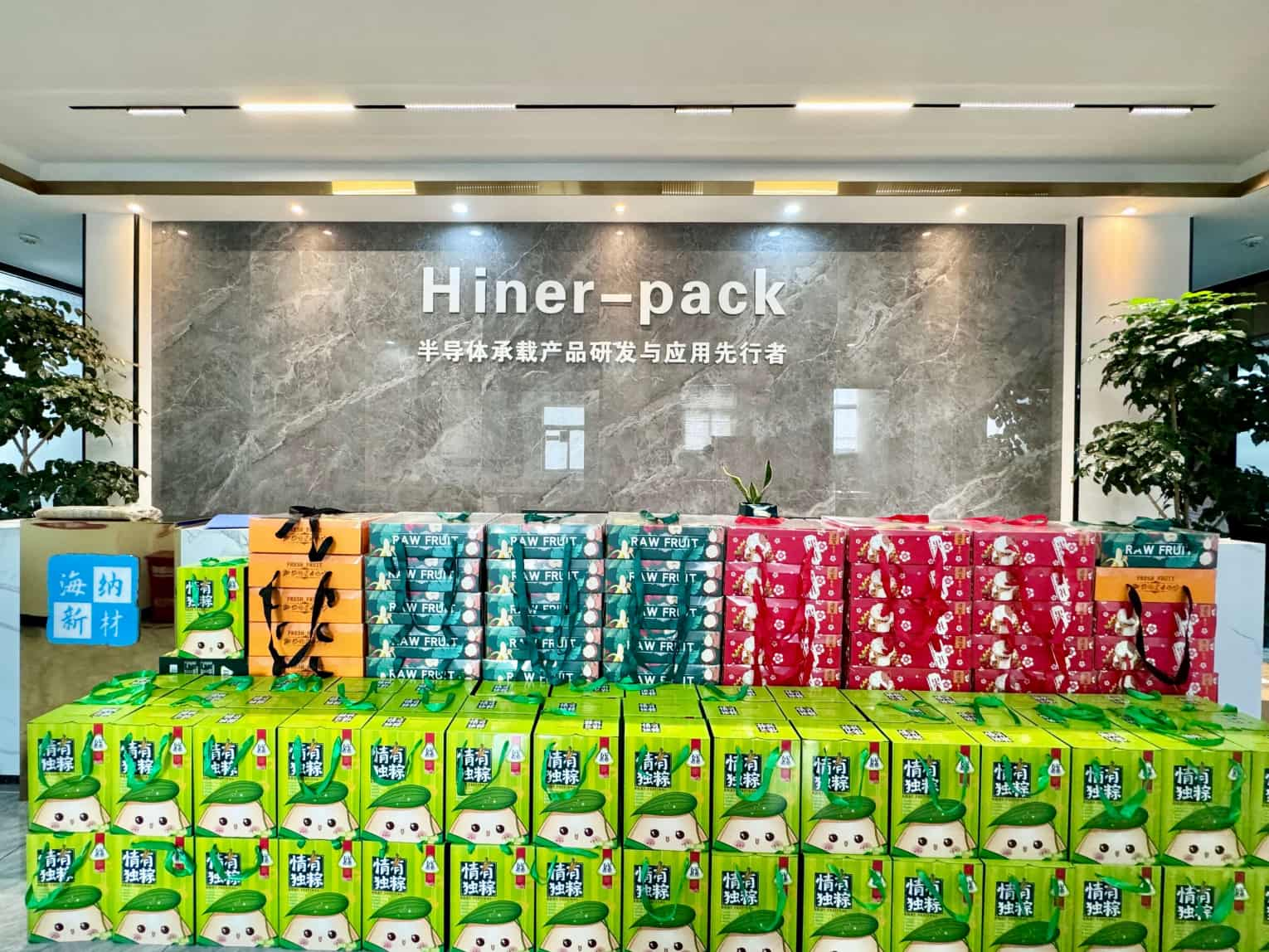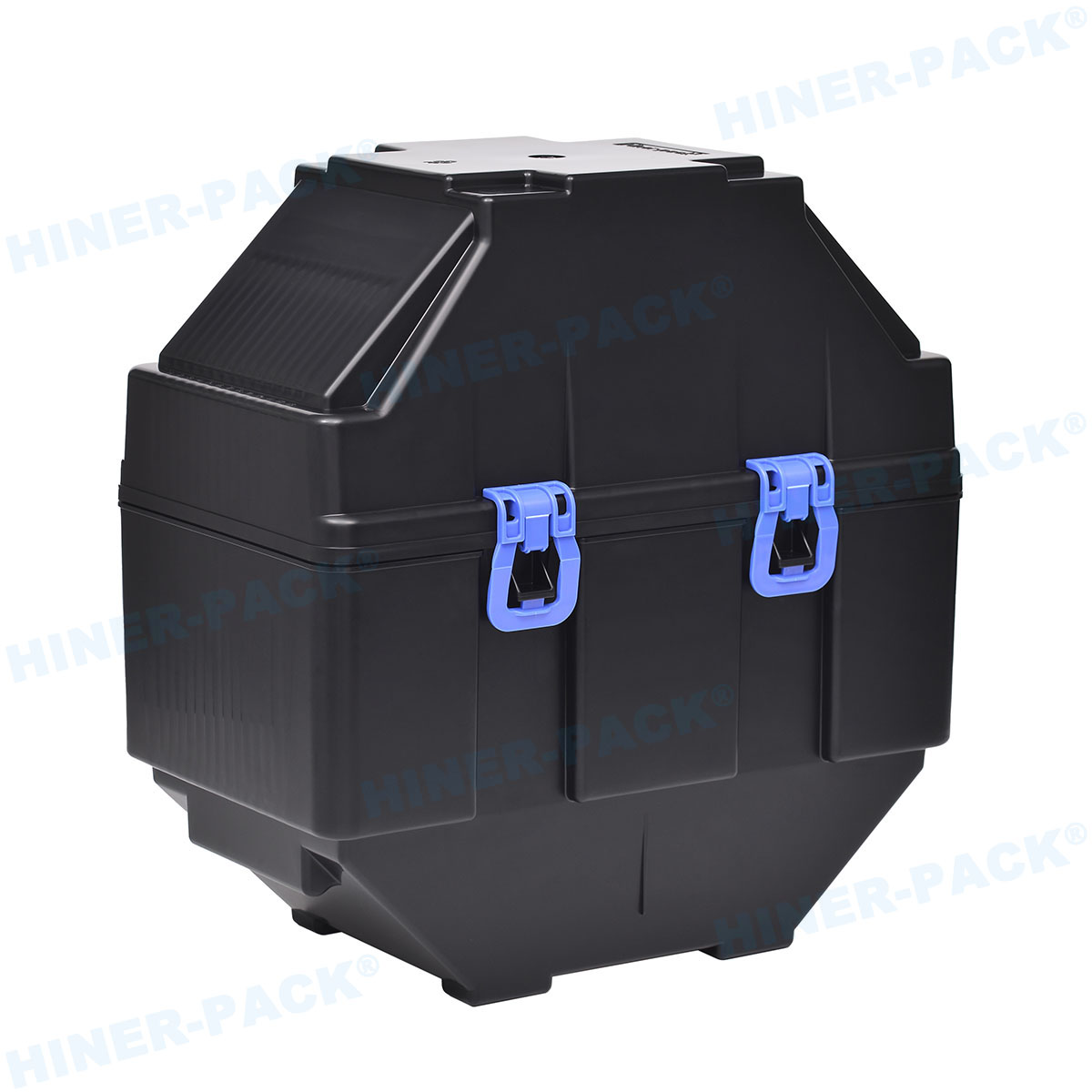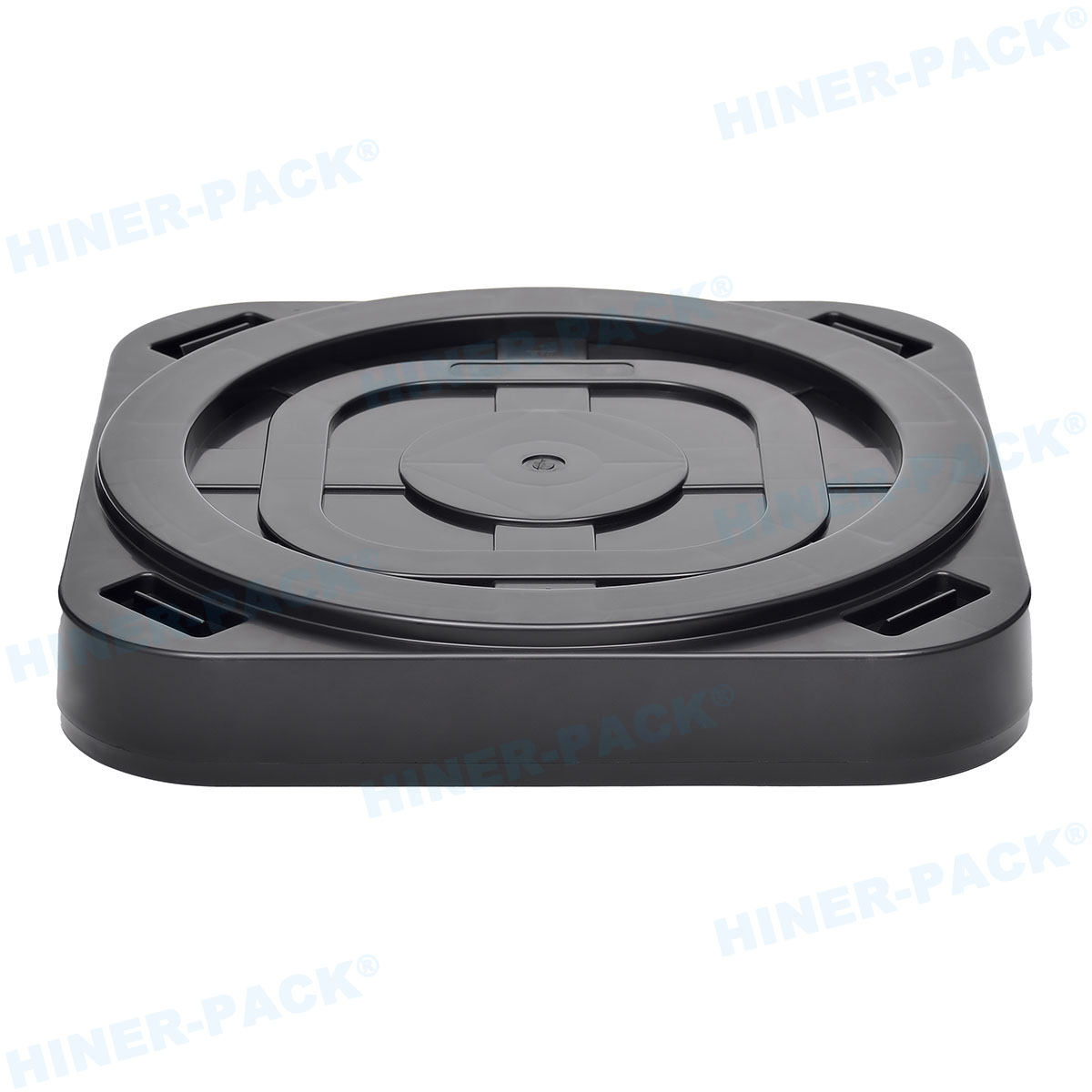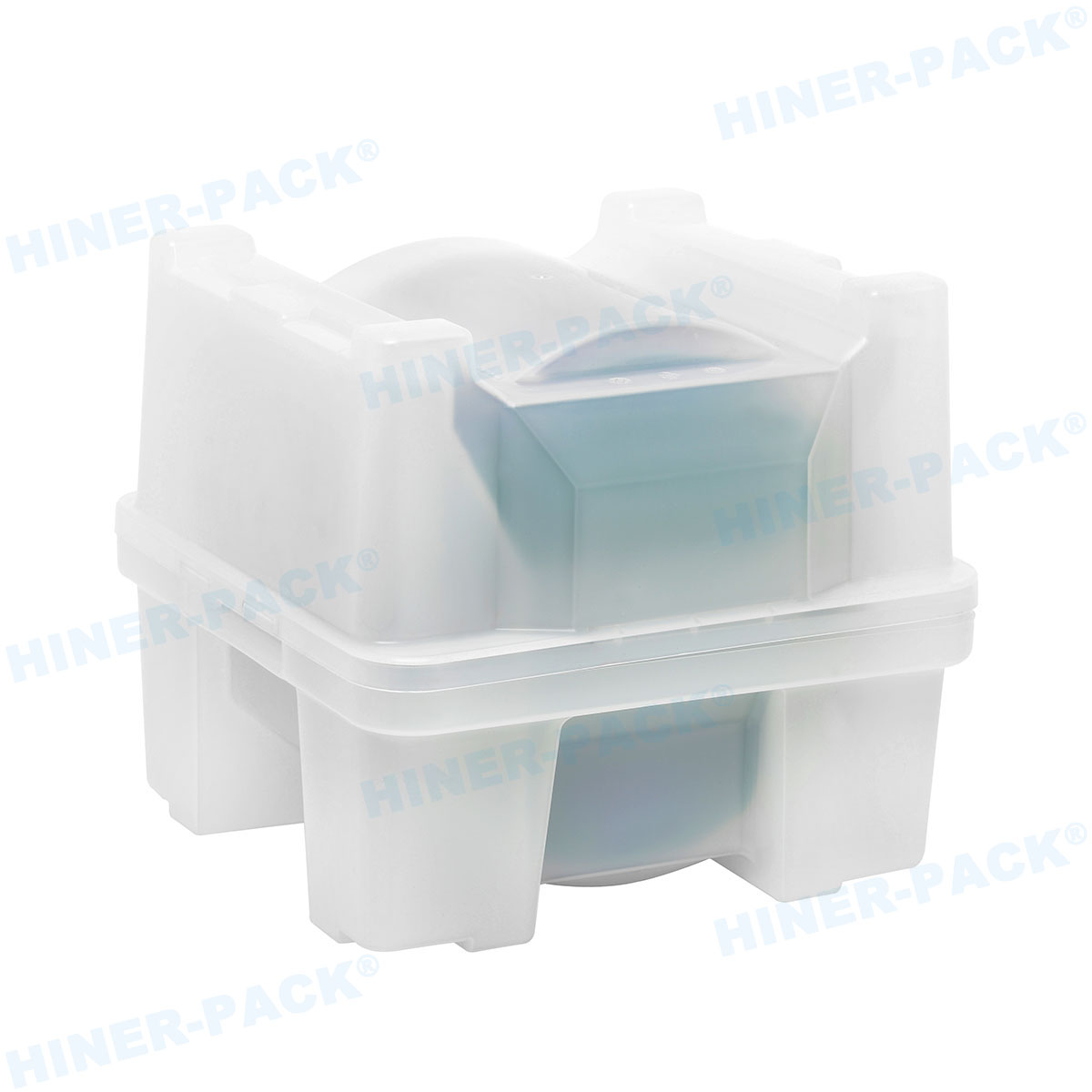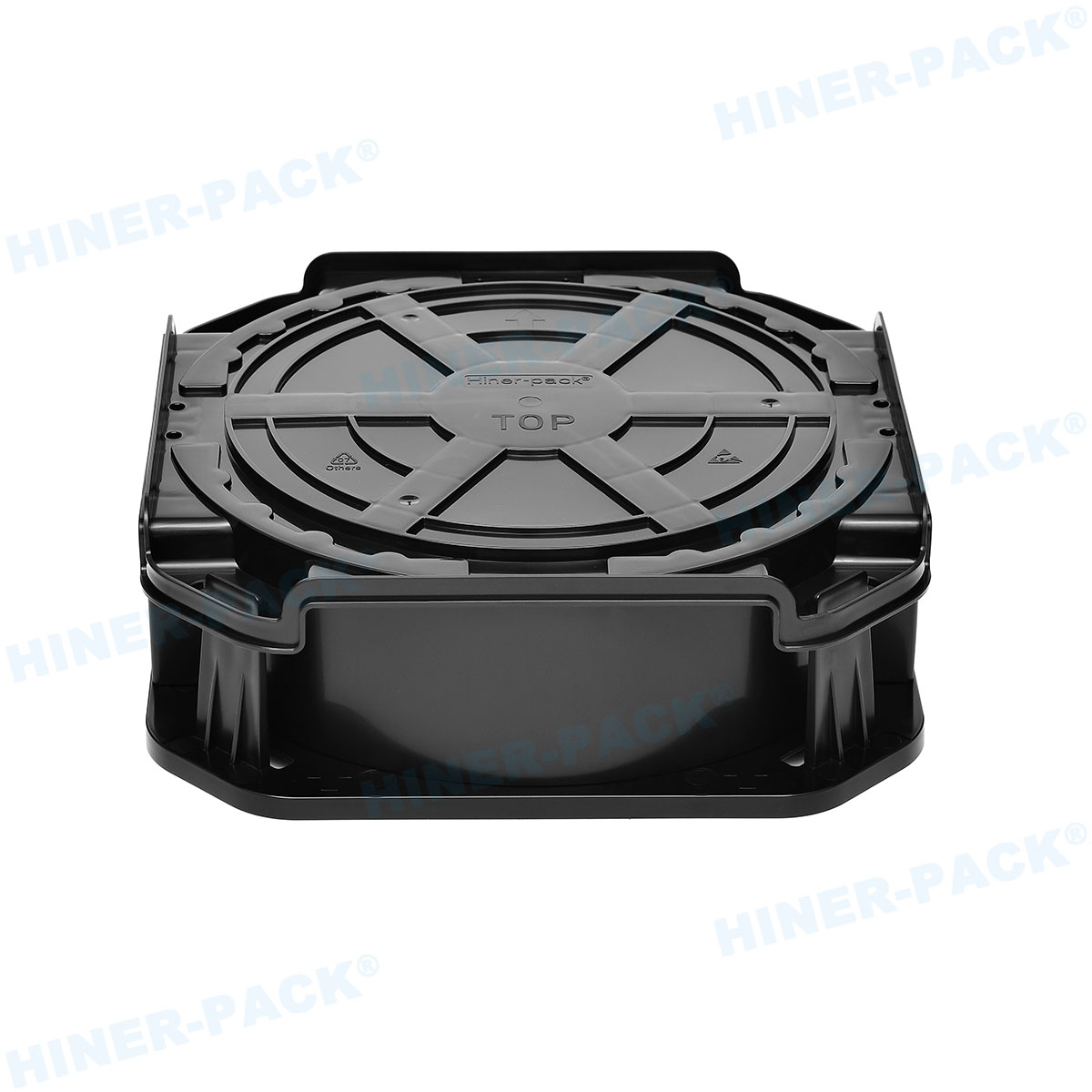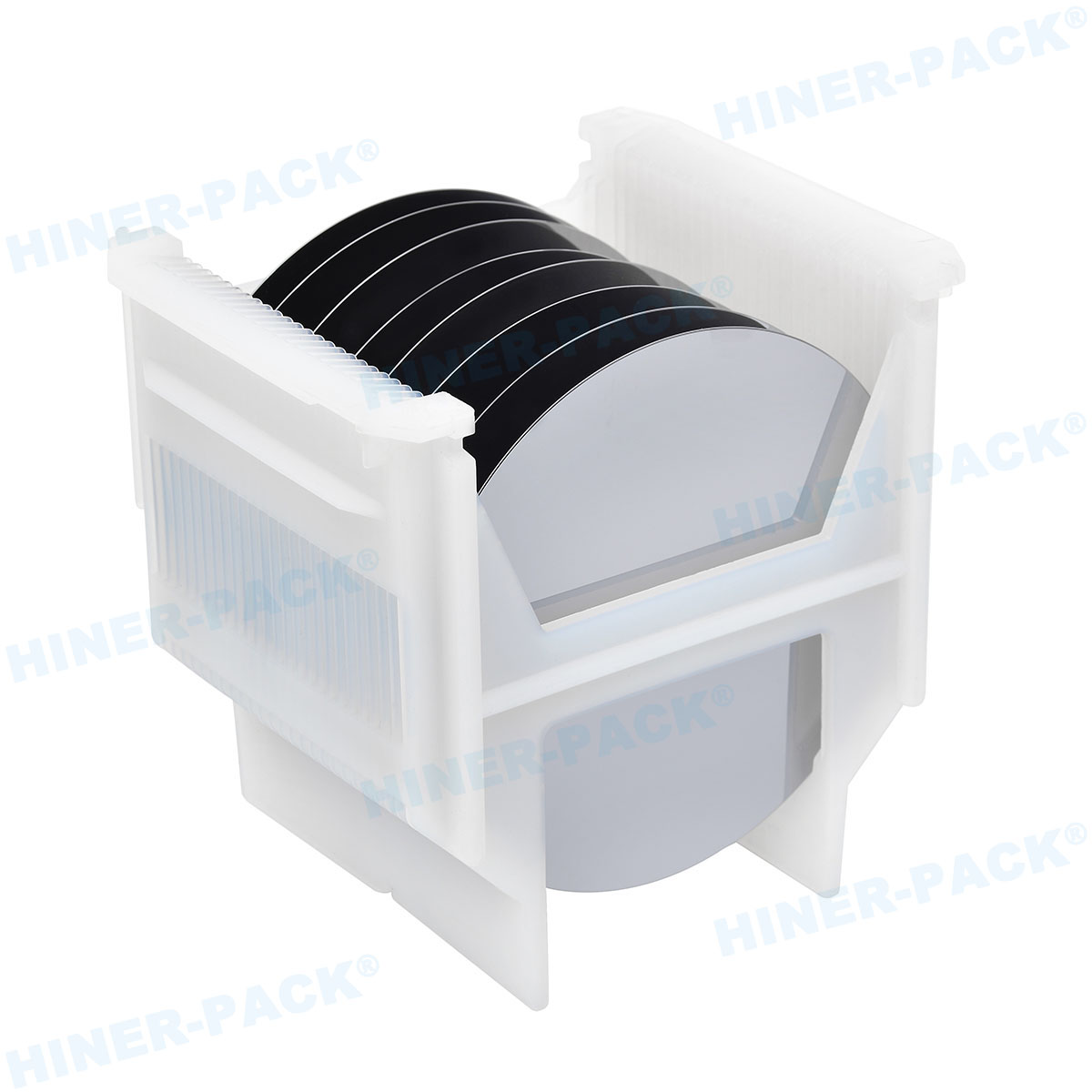In the fast-paced world of semiconductor manufacturing, the safe transport of delicate wafers is paramount. Among the various solutions available, the hoop ring wafer shipper stands out as a critical component for ensuring integrity during shipping and storage. This article delves into the key aspects of these specialized containers, covering everything from conductivity to cost considerations. Whether you're involved in production, logistics, or procurement, understanding these elements can optimize your operations. We'll explore conductive options, size-specific designs like the 300mm wafer shipper, manufacturer selection, custom solutions, stackability, and pricing factors. By the end, you'll have a comprehensive view of how hoop ring wafer shipper technology addresses common industry challenges.
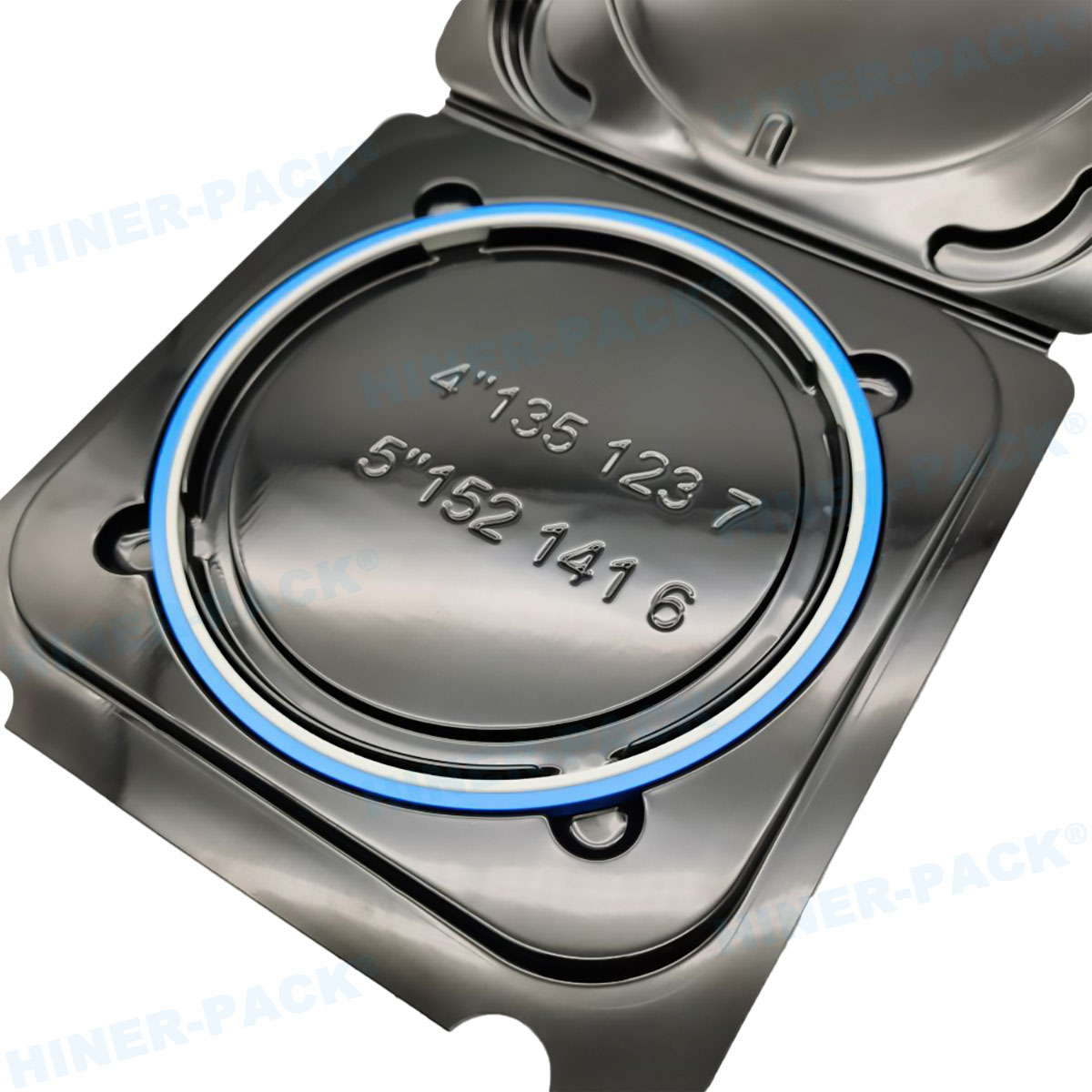
What is a Hoop Ring Wafer Shipper and Why is it Vital?
A hoop ring wafer shipper is a specialized container designed to protect semiconductor wafers from physical damage, contamination, and electrostatic discharge during transit. Typically made from durable materials like polycarbonate or conductive polymers, it features a hoop-like ring structure that securely holds wafers in place, preventing movement that could lead to cracks or scratches. This design is essential for maintaining wafer quality, which directly impacts yield and profitability in semiconductor fabrication. The hoop ring wafer shipper is widely used because it offers a balance of strength, lightweight properties, and compliance with industry standards such as SEMI guidelines. As wafers become larger and more fragile—especially with the rise of 300mm wafer shipper demands—the role of these shippers has evolved to include advanced features like conductivity and stackability. Common issues addressed by this design include shock absorption and contamination control, which we'll discuss later. For any wafer shipper manufacturer, innovating in this space is key to meeting client needs.
The Role of Conductive Wafer Shippers in ESD Protection
Electrostatic discharge (ESD) is a silent killer in semiconductor handling, capable of damaging sensitive circuits without visible signs. A conductive wafer shipper is engineered to mitigate this risk by providing a path for static electricity to dissipate safely. These shippers are often made with carbon-loaded materials or metallic coatings, ensuring that any static buildup is grounded away from the wafers. The integration of conductivity in a hoop ring wafer shipper is particularly important for high-value wafers used in advanced nodes, where even minor ESD events can cause catastrophic failures. When selecting a conductive wafer shipper, factors like surface resistivity (typically below 10^4 ohms/sq) and durability under humidity are critical. Many wafer shipper manufacturer offerings now include these features as standard, especially for 300mm wafer shipper models, which handle larger surface areas prone to ESD. Common problems with non-conductive shippers include latent defects that only appear during testing, leading to costly rework. By opting for a conductive wafer shipper, companies can reduce rejection rates and improve overall supply chain reliability.
Advantages of 300mm Wafer Shippers for Modern Fabs
The shift toward larger wafer sizes, particularly 300mm, has revolutionized semiconductor manufacturing by increasing throughput and reducing costs per die. However, this evolution demands specialized handling solutions. A 300mm wafer shipper is designed to accommodate these larger diameters, providing enhanced support and protection compared to smaller versions. The hoop ring wafer shipper design for 300mm wafers often includes reinforced walls and custom foam inserts to prevent flexing or breakage. Key benefits include better space utilization in shipping and storage, as well as compatibility with automated handling systems common in modern fabs. When working with a wafer shipper manufacturer, it's crucial to verify that their 300mm wafer shipper meets SEMI standards for dimensions and load capacity. Issues such as improper fit or inadequate cushioning can lead to wafer slippage—a frequent complaint that underscores the need for precision engineering. Additionally, the trend toward custom wafer shipping solution options allows fabs to tailor 300mm wafer shipper designs for specific processes, such as those requiring ultra-clean environments.
How to Choose a Reliable Wafer Shipper Manufacturer
Selecting the right wafer shipper manufacturer is a decision that impacts product safety, cost efficiency, and regulatory compliance. A reputable manufacturer should offer a range of products, including hoop ring wafer shipper models, with certifications like ISO 9001 for quality management. Key criteria to evaluate include material quality—such as the use of virgin polymers to avoid contamination—and the ability to provide custom wafer shipping solution offerings. For instance, some manufacturers specialize in conductive wafer shipper variants, while others might focus on stackable ring shipper designs for logistics optimization. It's also important to assess their experience with 300mm wafer shipper production, as larger wafers require more rigorous testing. Common problems when choosing a manufacturer include delays in delivery or inconsistent quality, which can be mitigated by reviewing client testimonials and requesting samples. The wafer shipper price should be competitive but not at the expense of reliability; a good manufacturer will transparently discuss cost drivers, such as material scarcity or design complexity. By partnering with an established wafer shipper manufacturer, companies can ensure a steady supply of durable, compliant shippers.
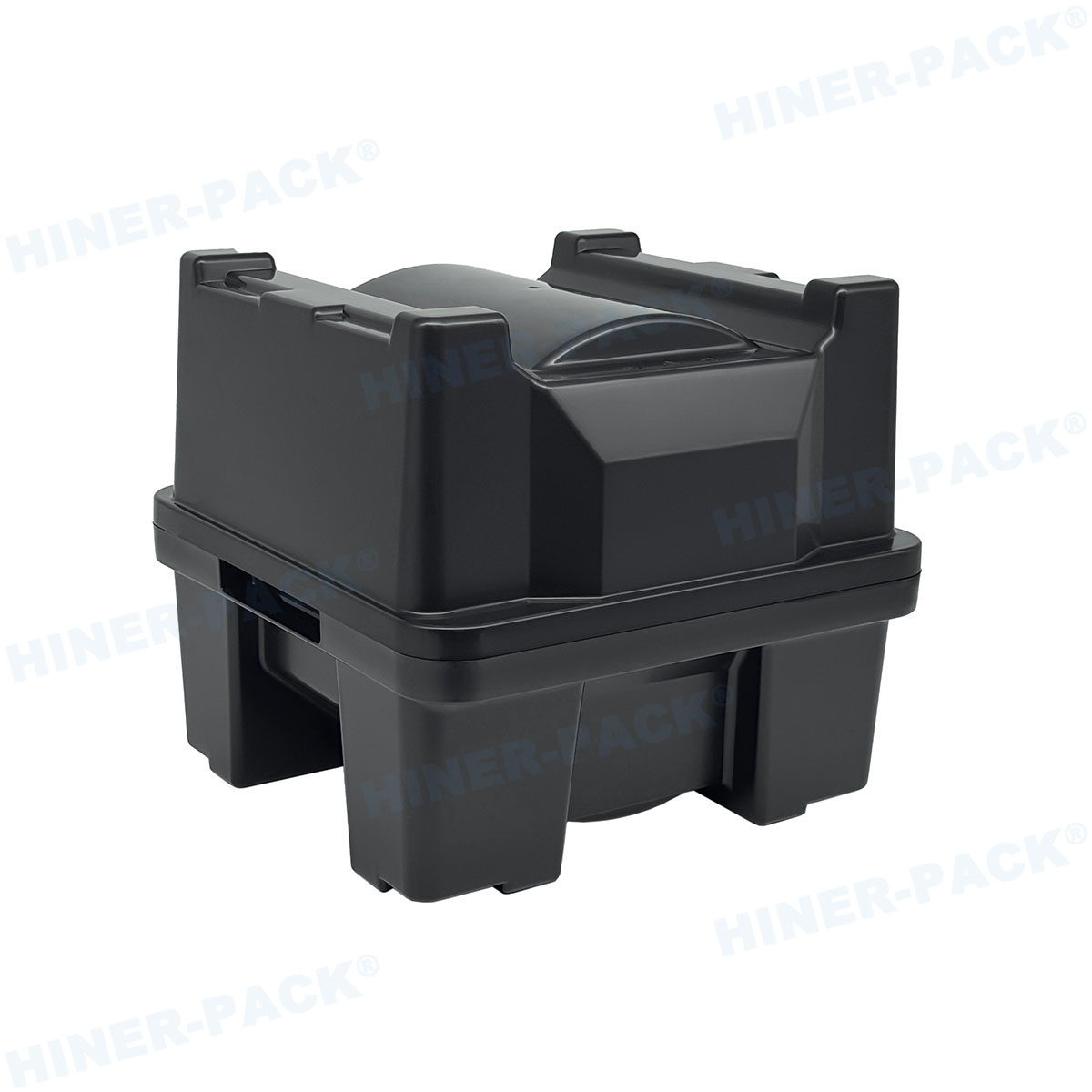
Custom Wafer Shipping Solutions for Unique Needs
Not all semiconductor operations are alike, and a one-size-fits-all approach can lead to inefficiencies. This is where a custom wafer shipping solution comes into play, allowing businesses to tailor shippers to specific requirements. For example, a hoop ring wafer shipper can be modified with additional padding for extra-fragile wafers, or made with specific colors for easy identification. Customization often involves adjustments in size—such as for a 300mm wafer shipper with unique cavity layouts—or material properties, like enhancing a conductive wafer shipper for high-humidity environments. Working with a wafer shipper manufacturer that offers custom wafer shipping solution services enables companies to address unique challenges, such as shipping multiple wafer types in one container or integrating RFID tracking. Common issues that customization solves include poor fit in existing racks or excessive weight increasing shipping costs. However, it's essential to balance customization with the wafer shipper price, as bespoke designs can be more expensive. By clearly communicating needs, companies can develop a custom wafer shipping solution that optimizes protection and cost.
The Benefits of Stackable Ring Shippers in Logistics
Efficient use of space is crucial in shipping and storage, especially given the high value of semiconductor wafers. A stackable ring shipper is designed with interlocking features that allow secure vertical stacking, maximizing cube utilization without compromising safety. This design is often incorporated into hoop ring wafer shipper products, where the ring structure provides stability when stacked. Benefits include reduced shipping volumes, lower freight costs, and easier handling in warehouses. For 300mm wafer shipper units, stackability is particularly advantageous due to their larger footprint. When evaluating a stackable ring shipper, check for features like anti-slip surfaces and weight distribution to prevent toppling—a common problem in transit. Many wafer shipper manufacturer options include stackability as a standard feature, but it's important to verify load limits and compatibility with other systems. Issues such as deformation under load can arise if materials are subpar, highlighting the need for quality assurance. The wafer shipper price for stackable models might be slightly higher, but the long-term savings in logistics often justify the investment.
Understanding Wafer Shipper Price Factors and Budgeting
Cost is always a consideration in procurement, and the wafer shipper price can vary widely based on several factors. Key drivers include material type—for instance, a conductive wafer shipper typically costs more than a standard version due to specialized additives. Size also plays a role; a 300mm wafer shipper is generally more expensive than smaller sizes because of increased material usage and manufacturing complexity. Customizations, such as those in a custom wafer shipping solution, can add to the wafer shipper price through engineering fees and tooling costs. Volume discounts from a wafer shipper manufacturer may help reduce per-unit prices for large orders. Common budgeting mistakes include overlooking hidden costs like certification testing or spare parts. To manage expenses, compare quotes from multiple manufacturers and consider total cost of ownership, including durability and reusability. For example, a higher-priced hoop ring wafer shipper that can be reused multiple times might be more economical than a cheaper, disposable option. Issues like price volatility in raw materials can affect wafer shipper price, so building flexible contracts with suppliers is advisable.
Common Problems with Wafer Shippers and How to Solve Them
Despite advancements, users often encounter issues with wafer shippers. Understanding these common problems can help in selection and maintenance. One frequent issue is contamination, where particles from the shipper material transfer to wafers. This can be mitigated by choosing shippers made from low-outgassing materials and ensuring proper cleaning protocols. Another problem is physical damage due to inadequate cushioning; selecting a hoop ring wafer shipper with optimized foam inserts can reduce breakage. ESD-related failures are prevalent when non-conductive shippers are used—opting for a conductive wafer shipper is the solution. For 300mm wafer shipper applications, warping under temperature changes is a concern; working with a wafer shipper manufacturer that conducts environmental testing is key. Stackability issues, such as instability in stackable ring shipper designs, can be addressed by verifying design specifications before purchase. Cost overruns related to wafer shipper price often stem from poor planning; implementing a custom wafer shipping solution that matches exact needs can prevent waste. Regular audits and supplier collaborations help troubleshoot these problems proactively.
In conclusion, the hoop ring wafer shipper is a cornerstone of semiconductor logistics, with variants like the conductive wafer shipper and 300mm wafer shipper addressing specific industry needs. Selecting the right wafer shipper manufacturer and considering custom wafer shipping solution options can enhance efficiency, while understanding wafer shipper price factors ensures cost-effectiveness. The stackable ring shipper design further optimizes space utilization. By being aware of common issues and their solutions, professionals can safeguard their investments and maintain high yields. As technology evolves, continuous innovation in wafer shipper design will remain vital for the semiconductor ecosystem.



